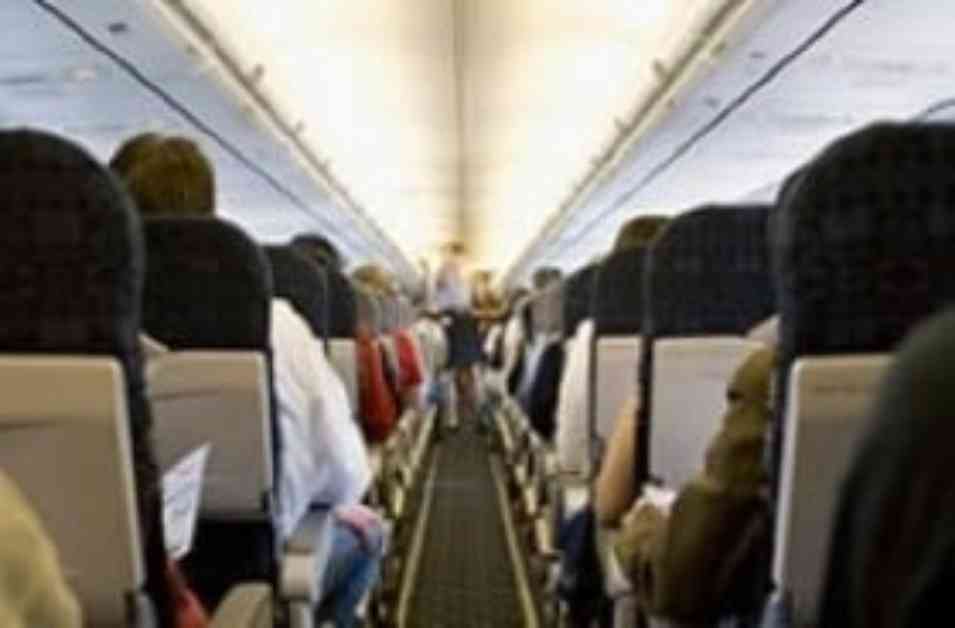In September 2024, the International Air Transport Association (IATA) reported that global passenger demand reached record levels. Revenue passenger kilometers (RPK) increased by 7.1% compared to September 2023, marking the highest demand for September. Available seat kilometers (ASK) also went up by 5.8% year-on-year. The load factor for September was 83.6%, a 1.0 percentage point increase from the previous year.
International demand saw a significant rise of 9.2% compared to September 2023. Capacity increased by 9.1% year-on-year, with a load factor of 83.8%. On the other hand, domestic demand increased by 3.7% from the previous year, with capacity up by 0.7%. The load factor for domestic flights was 83.3%, showing a notable increase of 2.4 percentage points.
According to Willie Walsh, IATA’s Director General, the peak travel season ended on a high note, benefiting both passengers and the global economy. However, the success of air travel presents challenges, such as the impending capacity crunch in certain regions. This could potentially hinder the economic and social advantages brought about by aviation. Walsh emphasized the need for governments to prioritize global connectivity and sustainable growth to address these challenges effectively.
In terms of regional breakdown, all regions experienced growth in international passenger markets compared to the previous year. Asia-Pacific airlines recorded an 18.5% increase in demand, while European carriers saw a 7.6% rise. Middle Eastern carriers reported a 4.4% increase, North American carriers had a 0.5% growth, and Latin American airlines saw a 12.4% increase. African airlines also experienced an 11.9% rise in demand.
On the domestic front, key markets showed steady growth in September 2024. Countries like Brazil, China, and India saw significant increases in domestic demand, with all-time highs for September domestic traffic in most regions. The domestic market accounted for 39.9% of total RPKs, with countries like the US, Australia, and Japan contributing to this growth.
Overall, the data from IATA’s report indicates a positive trend in air travel demand, reflecting a strong recovery in the aviation industry post-pandemic. As passenger numbers continue to rise, it is crucial for stakeholders to address challenges related to capacity constraints and sustainability to ensure the long-term growth and efficiency of the air travel sector.
